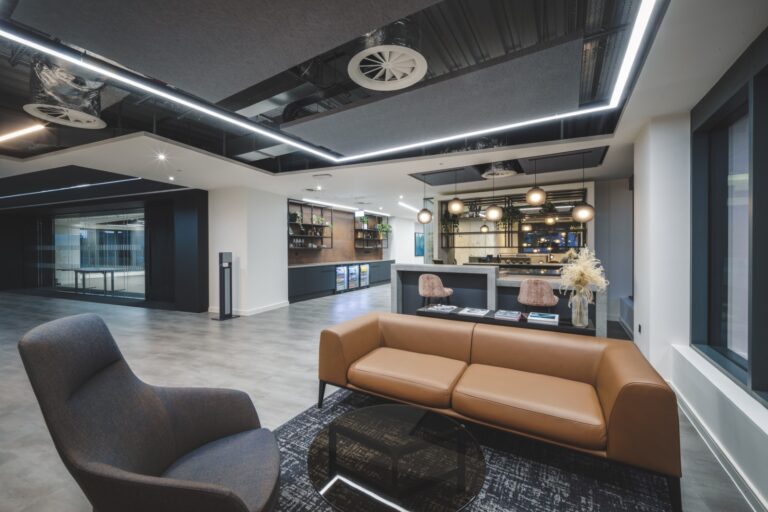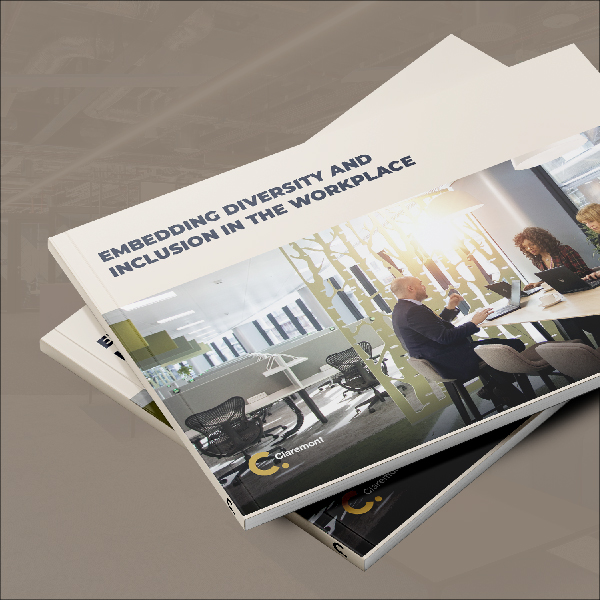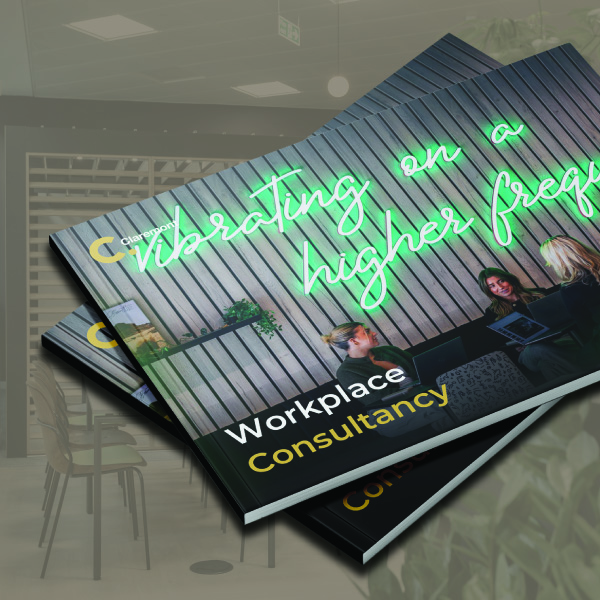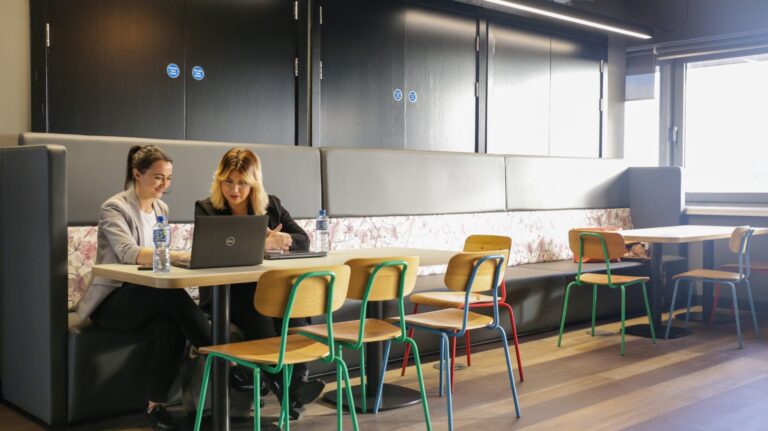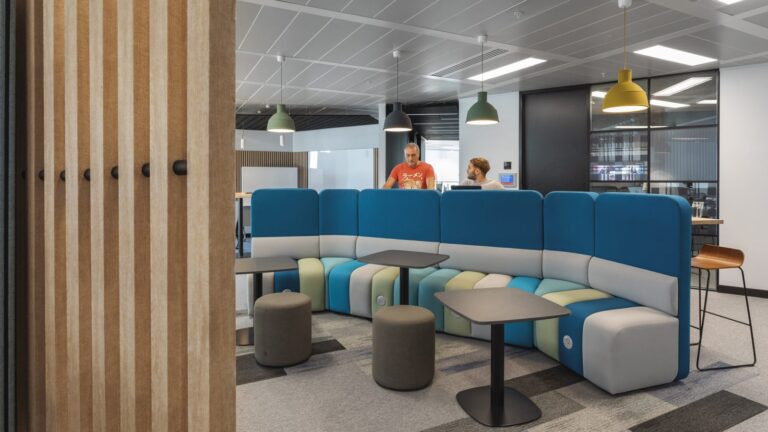
Learning the Importance of Inclusive and Equitable Design
Date
11 November 2022
Read length
5 min
In October, a group of our designers visited Creased Puddle in York and met with the team there for the day, led by Caroline Turner. Creased Puddle specialise in promoting neurodiversity awareness and empowerment, especially in the workplace across all sectors. We had dedicated time with individual members of the Creased Puddle team, who talked us through their first-hand, lived experiences as members of the neurodivergent community from diagnosis through to their working and personal experiences. It was a real opportunity to gain a truly authentic appreciation for the various neurodiverse conditions and how it can affect individuals on their daily activities.
What were your 3 key take-aways from the day?
As a movement, neurodiversity is the notion that people experience and interact with the world around them in many ways. This includes conditions such as Autism Spectrum Disorder (ASD), ADHD, and Dyslexia – but the neurodiversity umbrella englobes limitless way of thinking, learning, and behaving. Crucially, it’s a movement away from viewing these differences as deficits, rather viewing them as real assets to the individual, team, and organisation.
I think one of the most important things to remember is that the neurodiversity umbrella is complex and hard to categorise – everyone is just so different. It is said that 1 in 7 people in the UK is neurodiverse, so we need to be open-minded to the various conditions and their ramifications because the lack of understanding and awareness may lead to a lack of emphasis or consideration in workplace design schemes.
Essentially, the office can’t be a “one fits all” space because individuals are likely to be sensitive or reactive to different elements and to a differing degree. For example, one neurodivergent person might find it difficult to work in unpredictable and overstimulating conditions, whereas another may actively seek that out to maximise their productivity. Choice and variety really are the cornerstone of inclusive design. For more information on how to ‘Embed Diversity & Inclusion in the Workplace’ download our whitepaper Here.
How are you going to implement these into the fabric of your designs?
They are a few easy adjustments we can bring to our designs, such as a private and sound-proofed well-being room in a discrete area, clear way finding throughout the office and avoidance of busy or clashing patterns in the workspace that could lead to overstimulation.
Opening a dialogue and listening to the requirements of your employees is key to determine what is needed in the office for your current workforce. Designing for flexibility and a variety of settings will take you a long way to supporting colleagues who may not have disclosed or been diagnosed, as well as pre-emptively supporting new talent, opening up your talent-pool.
Working in a busy setting can create distractions or be the source of overstimulation (light, noise, temperature). Giving people the choice to isolate for a few hours in an environment that can be controlled (acoustic surround, light dimmer, air con control) is going to be a huge benefit to your workspace.
Talk to us about the importance of inclusive and equitable design for all diversity groups
Equity is offering individuals the resources to make things fair and proportionate to their circumstances. An inclusive design is a way to put the employee first and offering them the tools to access the same opportunities, regardless of their demographic, background, experiences or (neuro)biological make-up.
Thanks to the design principles discussed previously, colleagues will feel more inclined to come to the office, accepted and integrated as part of the team on a more open-minded basis and therefore contribute to the company culture, performance, and wellbeing. It will also help attract and retain talented people, particularly the socially aware generations who are beginning to enter the job market.
How important DIBE awareness is for the next generation of designers & how can we continue to embed this into our own culture?
It is important first to understand what neurodiversity is to be able to initiate a dialogue with the decision makers of a project. For us as, it is therefore hugely important to continue to educate and build awareness internally at Claremont, not just our design team, but as a whole organisation. As a group of designers, we are passionate that neurodiverse considerations in office design should come as standard rather than an exception, because we are acutely aware that a (neuro)diverse workforce will bring so many untapped strengths to your organisation, culture, and performance. With this comes our commitment to reducing the deficit approach to neurodiversity, which focuses on the negative traits and behaviours of those affected, and instead celebrate and encourage the natural differences that all individuals bring to the table.
As designers, we have a responsibility to make a difference by spreading awareness, remaining open-minded & understanding that the neurodiverse community is vast, complex and can’t be contained into a “one fit all” space – and we take that responsibility seriously.
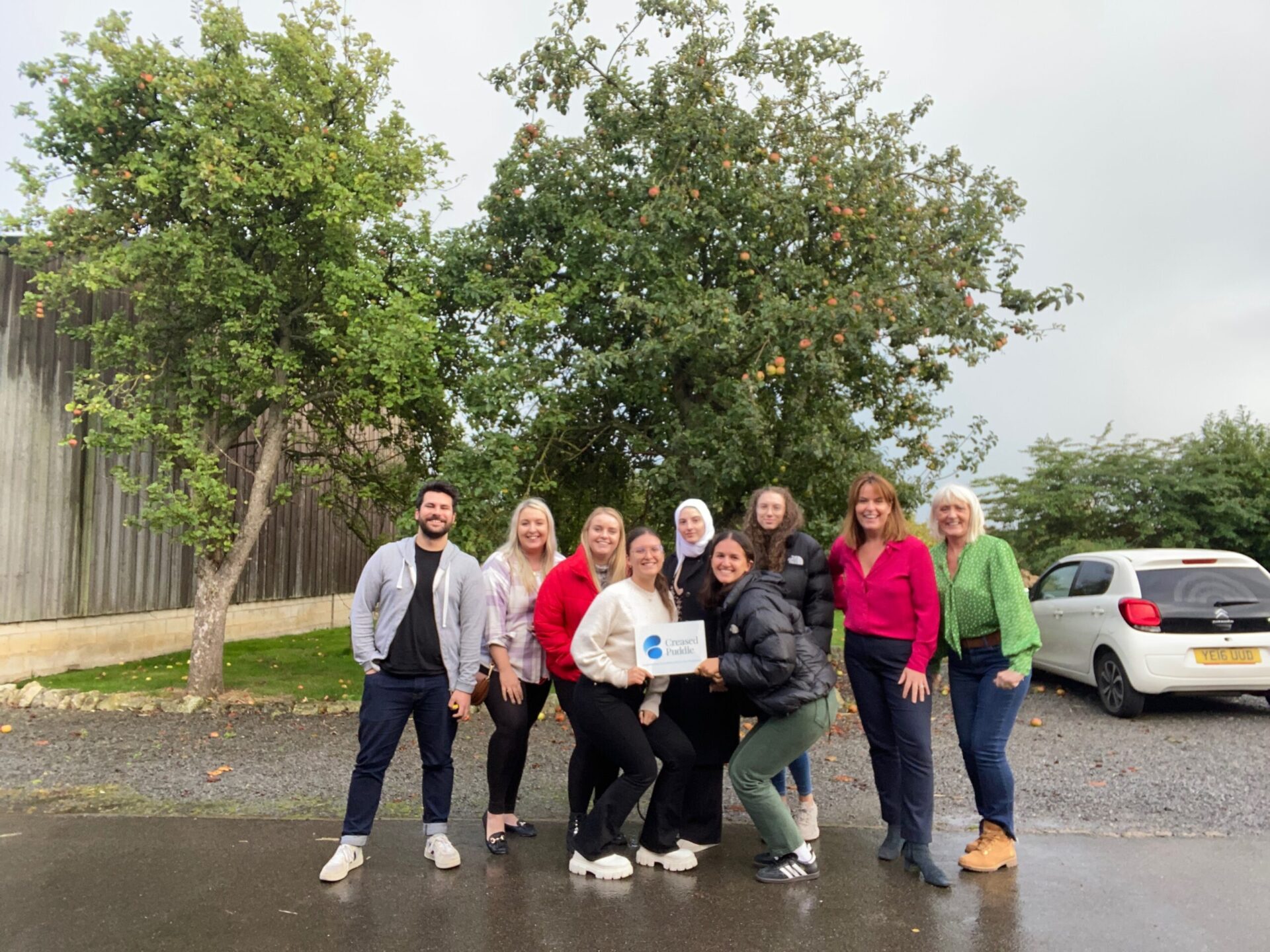
See how we could help with your new office interior design or office design and build project here
Get in touch
We love nothing better than talking all things workplace and design – got a question, potential project or just need some guidance?
Drop us a note…


